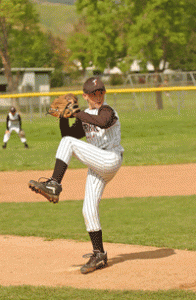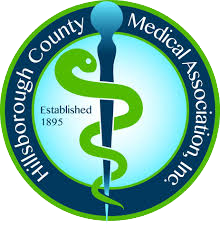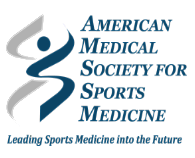 As more and more children are taking part in youth sports leagues, there is an increasing amount of concern regarding injuries and overexertion. Young players are especially vulnerable to baseball injuries, football injuries, and other sports-related conditions due to the fact that their muscles, ligaments, and tendons are still developing. Even worse, research repeatedly shows that injuries in adolescence can plague athletes throughout the rest of their playing careers and into their daily lives. The National Electronic Injury Surveillance System of the United States Consumer Product Safety Commission estimates that each year more than three million children under the age of 15 sustain sports-related injuries that require medical attention, and more than 250,000 of these are baseball related.
As more and more children are taking part in youth sports leagues, there is an increasing amount of concern regarding injuries and overexertion. Young players are especially vulnerable to baseball injuries, football injuries, and other sports-related conditions due to the fact that their muscles, ligaments, and tendons are still developing. Even worse, research repeatedly shows that injuries in adolescence can plague athletes throughout the rest of their playing careers and into their daily lives. The National Electronic Injury Surveillance System of the United States Consumer Product Safety Commission estimates that each year more than three million children under the age of 15 sustain sports-related injuries that require medical attention, and more than 250,000 of these are baseball related.
The prevention of youth baseball injuries is everyone’s responsibility, especially when players may be too young to realize that they have reached their physical limit. Coaches and parents need to monitor the extent to which players exert themselves, and insist on adequate rest when it is necessary. Little League Baseball has put forth the following guidelines for maximum pitch counts allowed per player, per game:
- Age 7-8 – 50 pitches
- Age 9-10 – 75 pitches
- Age 11-12 – 85 pitches
- Age 13-16 – 95 pitches
- Age 17-18 – 105 pitches
The League has also outlined rules for the amount of rest that pitchers require after a certain number of throws. If a player between the ages of 7 and 14 throws 66 or more pitches in a day, he or she requires 4 full days of rest. Likewise, a player between the ages of 15 and 18 requires 4 days of rest after a day’s pitch count of 76 or more. Adhering to these guidelines is an important part of ensuring the safety of all players and preventing baseball shoulder pain, elbow pain, and other injuries.
There are a variety of ways that players, parents, and coaches can minimize the risk of youth baseball injuries. Dr. James Andrews of the American Sports Medicine Institute recommends always warming up before pitching by jogging, stretching, and throwing easy tosses. Young players should not pitch on multiple teams with overlapping seasons, and should try to rotate by playing other positions besides pitcher. Players should always communicate to their coaches and parents if they are experiencing any type of pain and, most importantly, should never try to play through the pain.
In the event that your child or a member of your baseball team does require baseball injury treatment, turn to the Board-certified doctors and physical therapists at Tampa Orthopaedic and Sports Medicine Institute. We not only have experience treating sports injuries for professional teams like the New York Yankees, but we also specialize in baseball injuries in Little League, high school, and college players. Contact our sports therapy clinic today to schedule a consultation. We proudly serve patients throughout Tampa, Clearwater, St. Petersburg, and the surrounding areas.












